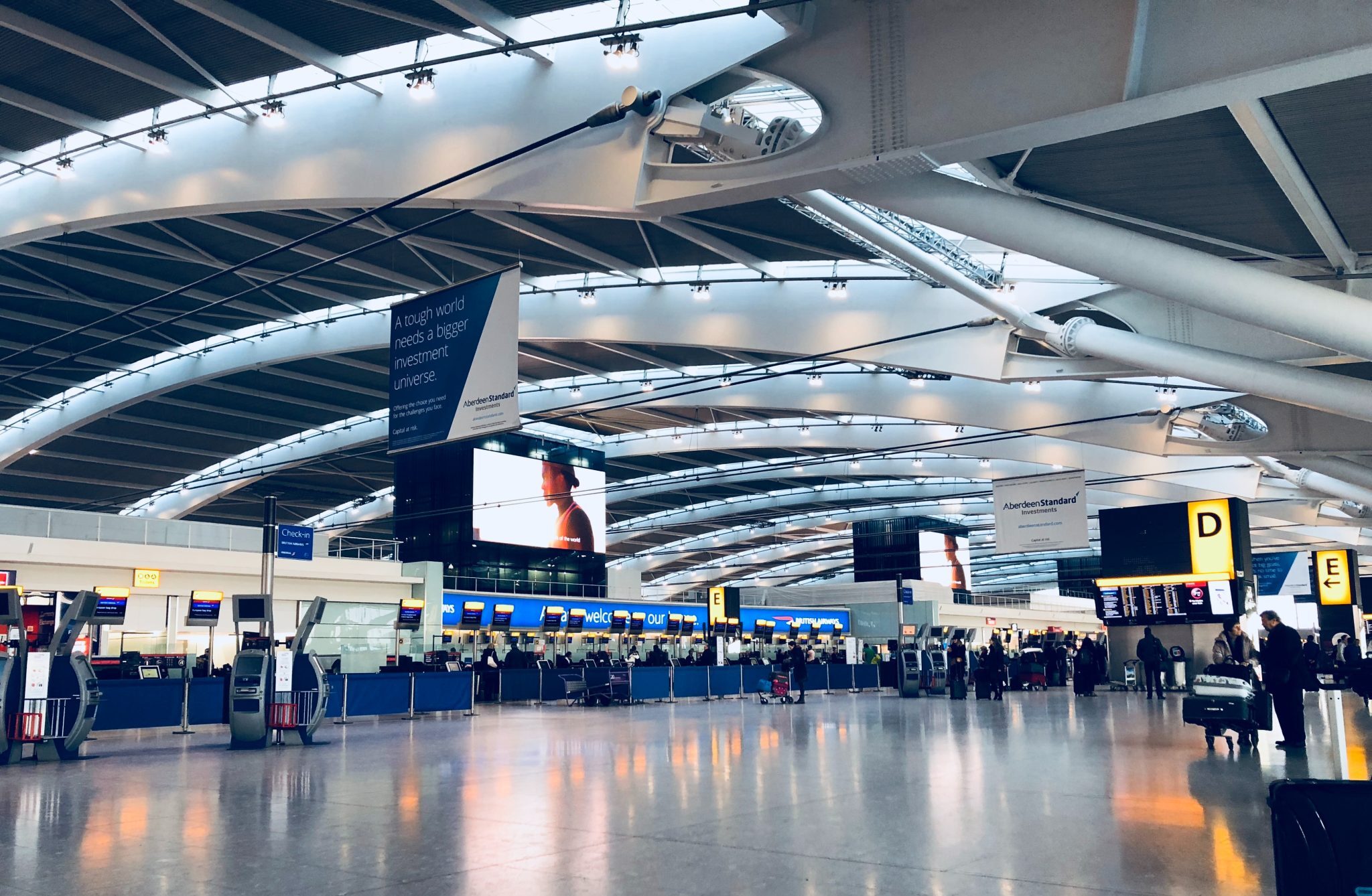One of the most well-known royal residences, Kensington Palace has a history spanning more than three centuries. Those interested in the history of this famous mansion and gardens should not miss the palace, which is well-known as the birthplace of Queen Victoria. The palace has hosted several royal families. The exclusive displays, re-imagined childhood chambers of Queen Victoria, tours of the King and Queen’s State Apartments, and world-renowned gardens allow visitors to fully immerse themselves in the palace’s history. Find out why this renowned London landmark is a must-visit during your London holiday.
Table of Contents
ToggleThe History of Kensington Palace
In 1605, a young man trying to move up in society named Sir George Coppin built a grand country house on the outskirts of London in a place called Kensington. This is where the story of Kensington Palace starts. Nottingham House, the original villa, was a summer retreat according to Tracy Borman’s The Story of Kensington Palace.
The Earl of Nottingham came to own the land in 1619 after it had gone through a number of noble hands. The estate was conveniently located near London for commerce. But its grasslands and meadows provided a peaceful escape from the hustle and bustle of the city until the royal family arrived.
Who Lived at Kensington Palace First? The Royal Family
No blood was shed during the 1688 “glorious revolution” that toppled King James II. William of Orange extended an offer of succession to his daughter Mary in February 1689. The royal couple fell head over heels with Nottingham House during their quest for a light-filled, airy residence to help William’s chronic asthma. In exchange for the modest, elegant mansion, they paid $20,000 to the second earl of Nottingham for the land. Renowned architect Sir Christopher Wren was enlisted to construct additional wings and pavilions.
The palace today
The current royal family—Prince and Princess Michael of Kent, The Duke and Duchess of Gloucester, The Prince and Princess of Wales—use Kensington Palace as their London house and office. The public is welcome to explore the historic sections of Kensington Palace. Items of ceremonial, court, and royal attire from the 18th century to the current day are housed in the Royal Ceremonial Dress Collection, which is located in Kensington Palace.
Kensington Palace serves as the official London home of Her Majesty the Prince and Princess of Wales and their children, in addition to being a renowned tourist site.
Visiting the palace
The Historic Royal Palaces website makes it easy to purchase tickets. Even though it’s recommended to get tickets in advance, visitors can do so without any problems on the day of the event. But since there are only so many spots, planning ahead is usually a good idea. All public portions of the palace and grounds, as well as any moving exhibitions, are accessible with the ticket. About £25 gets you an adult ticket.
An audio tour is included with your admission. One is available in the hub, next to the counter that scans tickets. Their availability is based on the principle of first come, first served. There can be a little queue to get your tour guide during busy periods. Here are some of the most notable features of the palace:
1. The King’s Gallery
Once upon a time, King William III would host both private and public events in the majestic long gallery known as the King’s Gallery at Kensington Palace. Throughout the length of the castle, this magnificent room is adorned with large windows. With its enormous windows, natural light pours in, and the view of the royal grounds is breathtaking. The architect of London’s St. Paul’s Cathedral, Sir Christopher Wren, was responsible for the construction of this royal wing.
Intricate ceiling murals, golden accents, and ornate mouldings abound throughout the gallery. The combination of these characteristics results in an air of royal splendour. Impressive artworks, including several that were late 17th-century commissions from King William III and Queen Mary II, may be seen at the King’s Gallery. Beautiful artworks, including pictures of prominent people from King William III’s reign, line the walls for visitors to peruse. Scenes from ancient mythology and pivotal moments in history are also on display.
2. Bronze statue of King William III
Henry III’s monument stands guard on Kensington Palace’s southern front. It wasn’t until 1907 that King Edward VII got the monument. The statue stands on its own as an important piece of art and a perfect illustration of the technique of bronze casting. When it comes to British history, King William III ranks high among the most significant and consequential personalities. In honour of his lasting impact, this monument stands. He had a pivotal influence on the political and cultural climate of Britain in the late 17th and early 18th centuries during his reign as king of England and Scotland, which lasted from 1689 to 1702.
William married his cousin Mary, making him the Stadtholder, or ruler, of the United Netherlands. She was the eldest daughter of James II. William eventually got in after a few failed attempts. After James proposed and accepted a joint rule between Mary, Queen of England, and William, Duke of Orange, James abdicated the kingdom.
3. The Orangery
Kensington Palace’s Orangery is a historic outside structure and a work of art in terms of architecture. During the latter part of the 17th century, Nicholas Hawksmoor—who happens to have an excellent restaurant bearing his name—constructed the Orangery for Queen Anne. It protected the orange trees that grew on the royal grounds from the elements. There is no need to search any further for a venue to enjoy afternoon tea. One of the greatest places to have afternoon tea in London is the Orangery, but there is also a little café just outside the palace.
The Orangery has sophisticated decor. Expansive windows, lofty ceilings, and elaborate embellishments abound. Adding to the space’s historic allure, the contemporary design meticulously maintains the building’s original architectural elements. The Sunken Garden is one of the picturesque gardens around the Orangery.
4. The Queen’s Apartments
Historically, the English queens have made use of a string of opulent chambers known as the Queen’s Apartments, located at Kensington Palace. The history of these exquisite rooms is extensive. All the kings and queens who have lived in the palace over the years have left their mark on them. The Duchess of Marlborough and Queen Anne were famously friends. The Hollywood film “The Favourite” is based on their romance. They had their tumultuous romance in these rooms.
Careful restoration has maintained the rooms’ original grandeur while showcasing the brilliantly coloured textiles, elaborate mouldings, and exquisite furniture. The gorgeous chandeliers, exquisite carvings, and golden mouldings all have rich elements that you will appreciate. Because the queens who lived in the castle had such diverse personalities and interests, each chamber has its own distinct flavour.
5. The Blue Drawing Room
Kensington Palace is home to several stunning rooms, including the Blue Drawing Room. One of the best Georgian buildings in London, it dates back to 1714–1830. Queen Victoria’s Ascension Council convened for the first time in the Blue Drawing Room when she was eighteen years old. In her preparation for the throne, Victoria spoke with this council of officials and experts.
In regards to the obligations and roles of the monarchy, they enlightened her and gave her direction. A watershed point in young Victoria’s rule occurred at this first encounter. She embarked on her path as queen at that moment, and her long and significant reign was laid out before her.
Over the course of her reign, this area hosted a number of important events. This was the site of her state banquets, formal receptions, and private audiences. Today, you get the opportunity to explore Kensington Palace’s Blue Drawing Room.
6. The Famous Statue of Queen Victoria by Princess Louise
The Queen Victoria monument is located on Broad Walk, outside Kensington Palace, overlooking the big circular pond. Princess Louise, the sixth daughter of Queen Victoria and Prince Albert, was a gifted artist and the brains behind this monumental sculpture, but few tourists are aware of this. A room inside Kensington Palace served as her personal studio. Dedicated to her mother’s Diamond Jubilee in 1897, the sculpture depicts a youthful Queen Victoria seated on a throne. The sculpture shows her wearing the ceremonial garments of her coronation, which include a crown and a sceptre.
“Queen Victoria, Empress of India, Born May 24, 1819, Ascended the Throne June 20, 1837, Died January 22, 1901” is inscribed on the front. A reminder of the longest reign in British history—until very recently—and a tribute to Princess Louise’s profound love and respect for her mother, the statue of Queen Victoria stands proudly in the grounds.
7. The Sunken Garden
The underground garden outside Kensington Palace is a peaceful haven in the middle of London, encircled by tall trees and verdant vegetation. The engagement of HRH Prince Harry to Meghan Markle may have brought it to your attention. In the garden, you may unwind and forget about the stresses of city life. A symmetrical layout of formal flowerbeds showcases a colourful array of blossoms at different times of the year. Another lovely feature of the landscape is the fountain.
The heartfelt monument to Diana, Princess of Wales, who passed away, is the most recent addition. The underground garden, first created in the late 1800s and restored not long ago, is a stunning example of Victorian architecture. Hennesy-Pope, a royal biographer, states in Queen Mary of Teck’s official biography that she spent a lot of time here as a child at the palace. Queen Mary was the grandmother of the late Queen Elizabeth II. In 1909, the gardens as they are now were inaugurated by her future father-in-law, King Edward VII.
8. The King’s State Apartments at Kensington Palace
The purpose of these lavish chambers is to wow guests and courtiers. You may view the King’s Staircase (photo), the Presence Chamber, the Privy Chamber, the Cupola Room, and the King’s Gallery inside the State Apartments. Indulge in the splendour of 17th-century England at each of these breathtaking locations.
Restored to their full splendour, the apartments are a masterpiece of restoration. Stunning pieces of art adorn their grandiose chandeliers and elegant ceilings. The beautifully coloured textiles that cover the walls and furniture, as well as the elaborate carvings and gilded mouldings, are on display for visitors to appreciate.
There is a distinct personality and design element to every area. They are a reflection of the royal family’s own style. Every chamber in the palace, from the stately drawing room to the majestic throne room, bears witness to the splendour and wealth of life under King William III and Queen Mary II.




